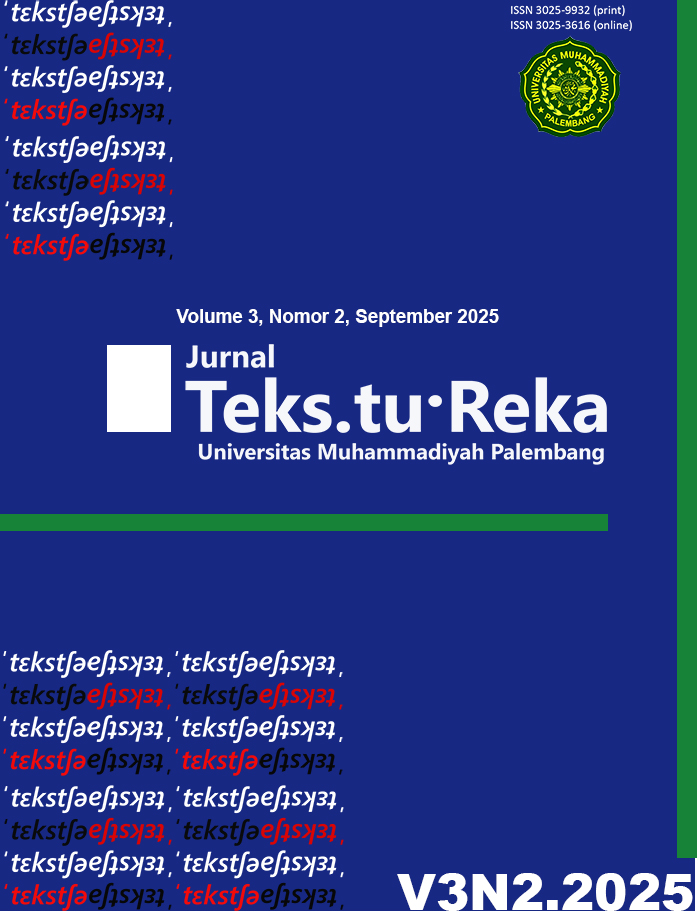The Effect of Applying The Biophilic Concept in Cafes on Emotional and User Comfort
Case Study: Cafes in Bandar Lampung
DOI:
https://doi.org/10.32502/tekstureka.v3i2.534Keywords:
Bandar Lampung, Biophilic, cafe design, emotional, user comfortAbstract
A cafe is not only a gathering place, but also a space that supports users' comfort and emotional well-being. This study explores the influence of applying biophilic concepts in cafe design on users' emotional and comfort in three cafes in Bandar Lampung: Hoffman Lane, Positive Energy, and Lembah Batu. The biophilic concept presents natural elements, natural lighting, organic materials, and visual connections with nature, which are believed to create a calm and soothing ambience for users. The research used a quantitative approach by collecting data through questionnaires, observations, and literature studies and then processed using SPSS software with various tests to evaluate the connection of biophilic elements to the emotional and comfort levels of users based on categories in each cafe, age range, occupation, and gender. The results showed that biophilic elements have a positive connection with users' emotional and comfort and no significant differences were found in perceptions based on the categories of all categories studied. These findings indicate that optimal application of biophilic elements in cafe design can increase users' emotional comfort, especially for older age groups. This study provides recommendations to pay attention to biophilic elements to create spaces that are more attractive, comfortable and suitable for the needs of various user groups.
Downloads
Published
Issue
Section
License
Copyright (c) 2025 Salsabila Mayasya, Agung Cahyo Nugroho

This work is licensed under a Creative Commons Attribution-ShareAlike 4.0 International License.
Jurnal Arsitektur TekstuReka (JAT) have CC-BY-SA or an equivalent license as the optimal license for the publication, distribution, use, and reuse of scholarly work.
Authors who publish Jurnal Arsitektur TekstuReka (JAT) agree to the following terms: Authors retain copyright and grant the Jurnal Arsitektur TekstuReka (JAT) right of first publication with the work simultaneously licensed under a Creative Commons Attribution License (CC BY-SA 4.0) that allows others to share (copy and redistribute the material in any medium or format) and adapt (remix, transform, and build upon the material) the work for any purpose, even commercially, with an acknowledgement of the work's authorship and initial publication in Jurnal Arsitektur TekstuReka (JAT). Authors are able to enter into separate, additional contractual arrangements for the non-exclusive distribution of the journal's published version of the work (e.g., post it to an institutional repository or publish it in a book), with an acknowledgement of its initial publication in Jurnal Arsitektur TekstuReka (JAT). Authors are permitted and encouraged to post their work online (e.g., in institutional repositories or on their website) prior to and during the submission process, as it can lead to productive exchanges as well as earlier and greater citation of published work (see The Effect of Open Access).
![]()
Work is distributed below This work is licensed under a Creative Commons Attribution-ShareAlike 4.0 International License.













